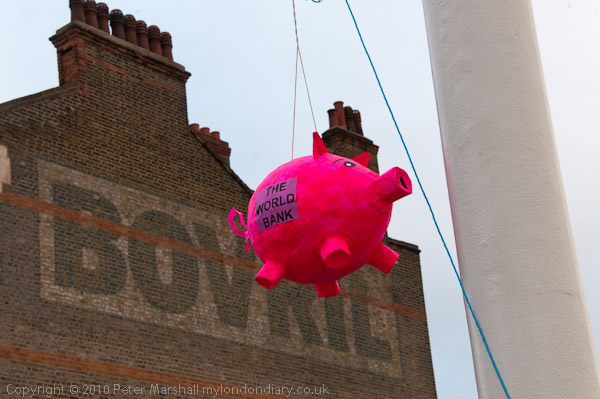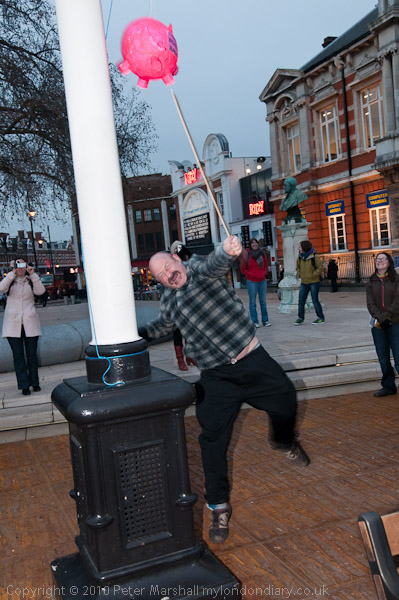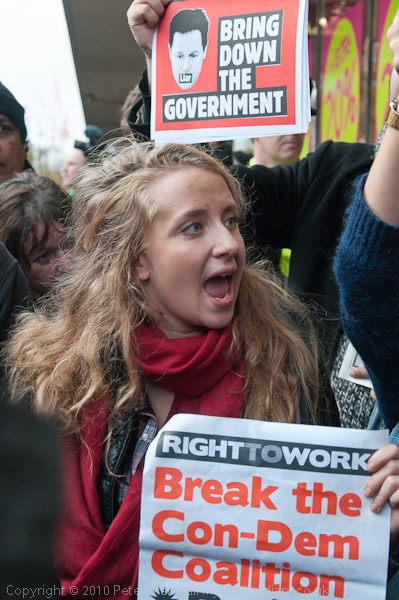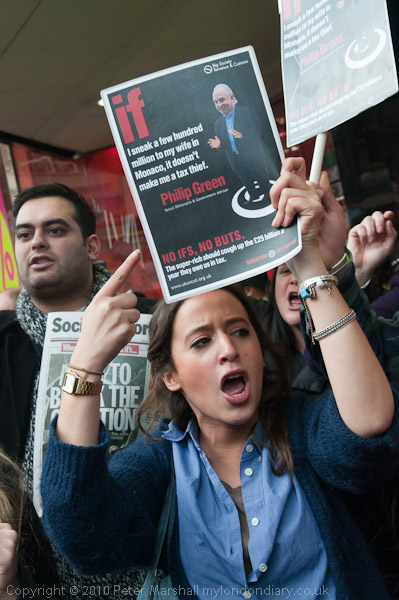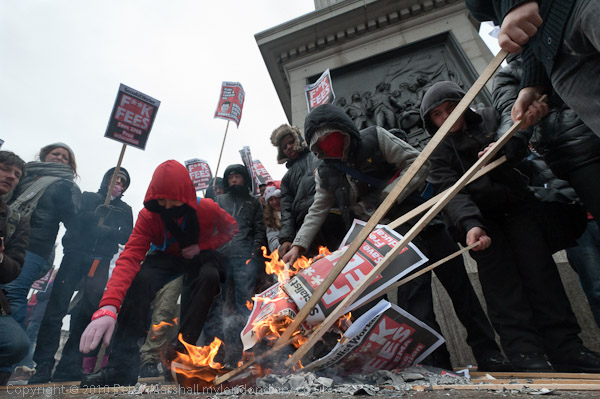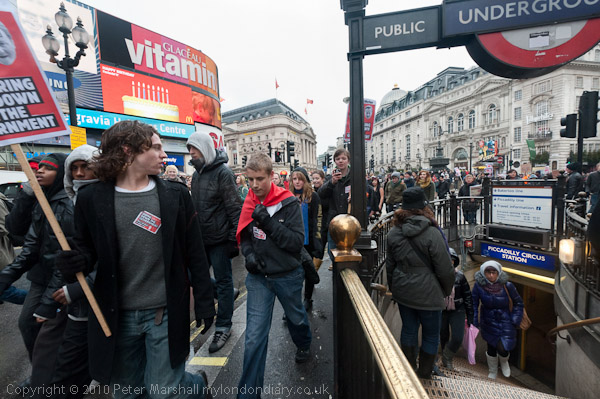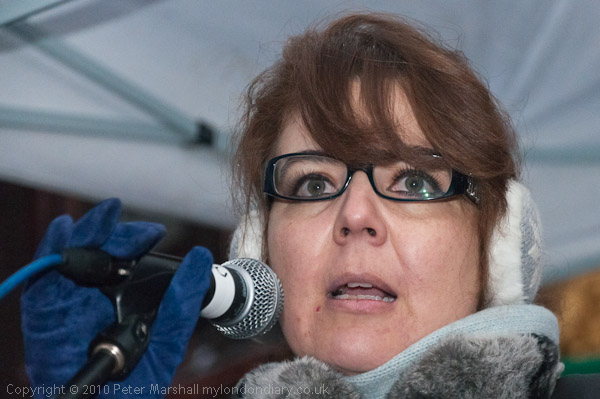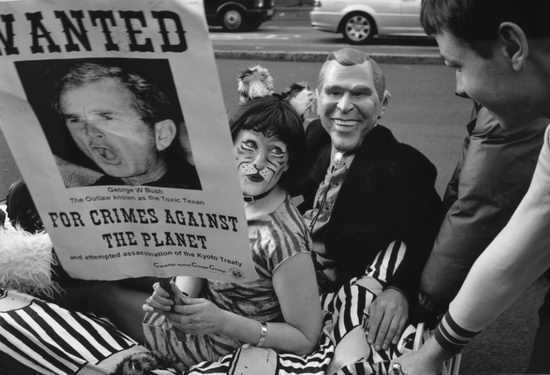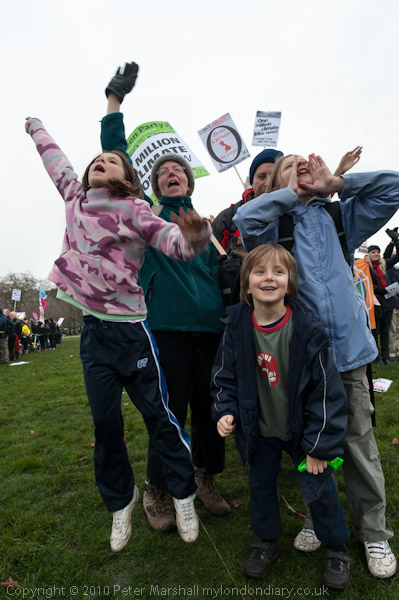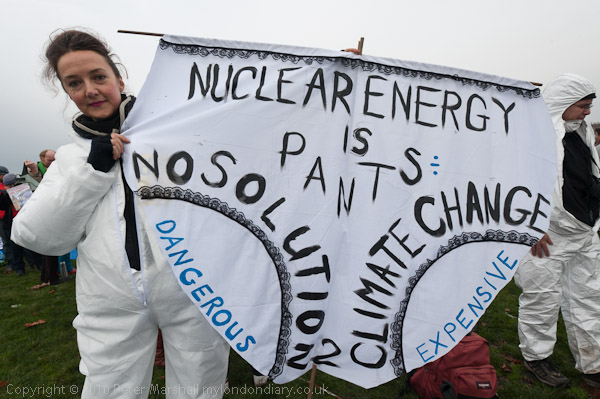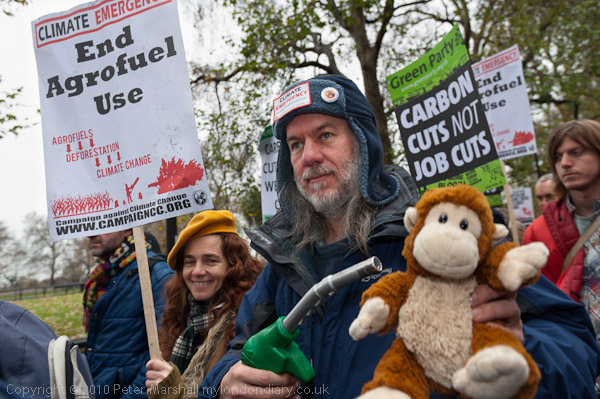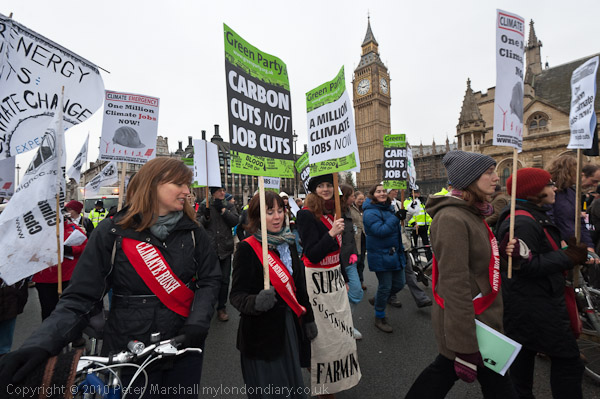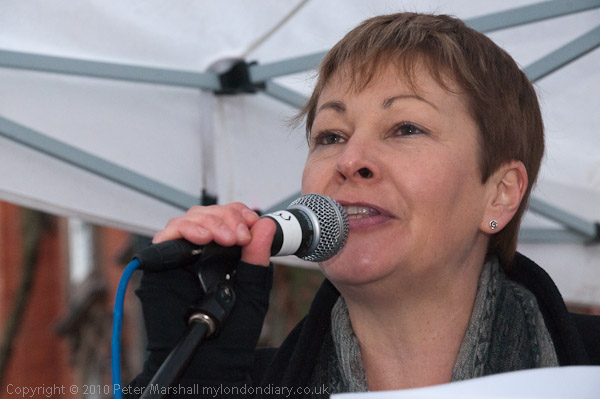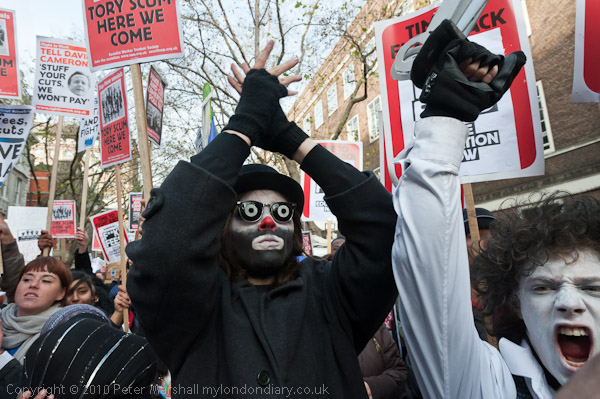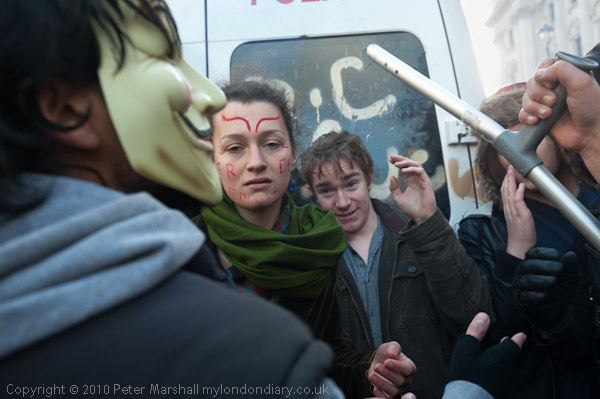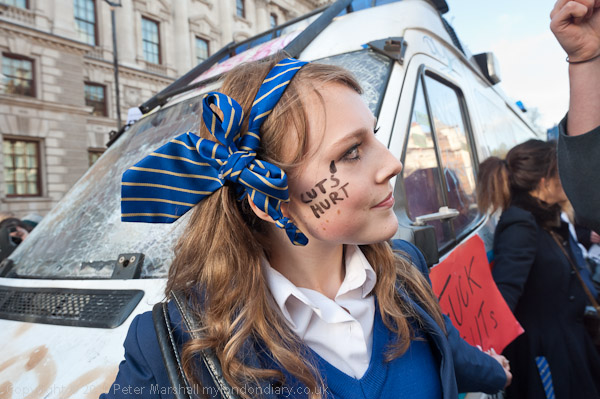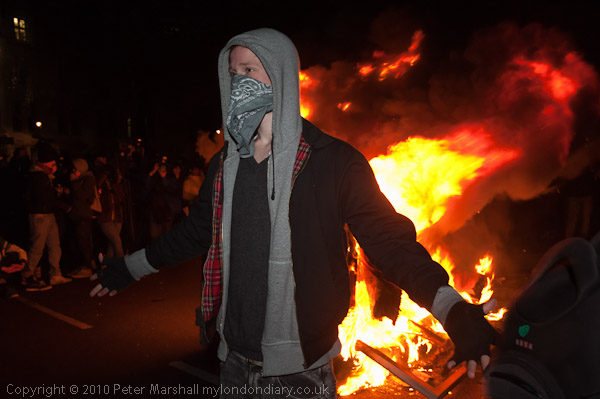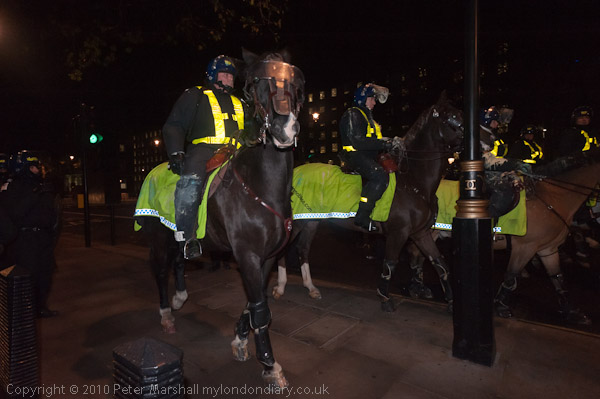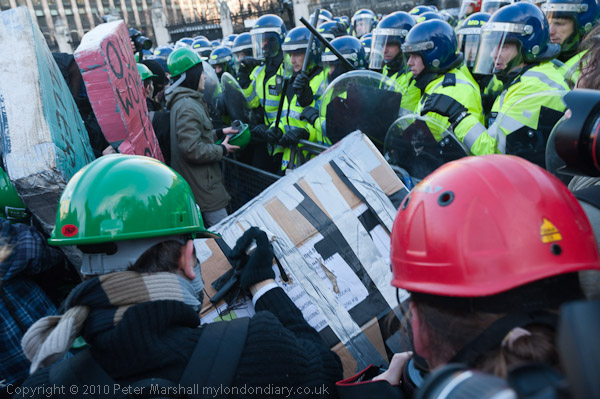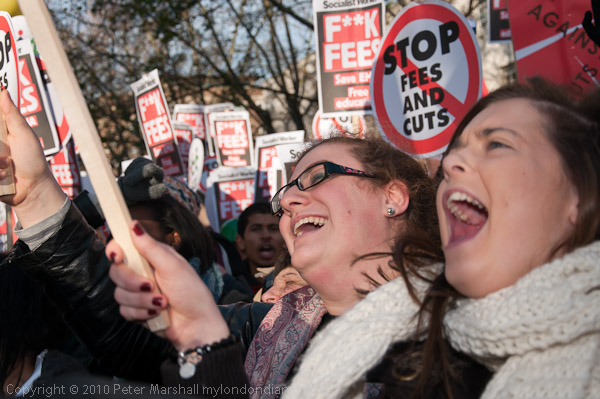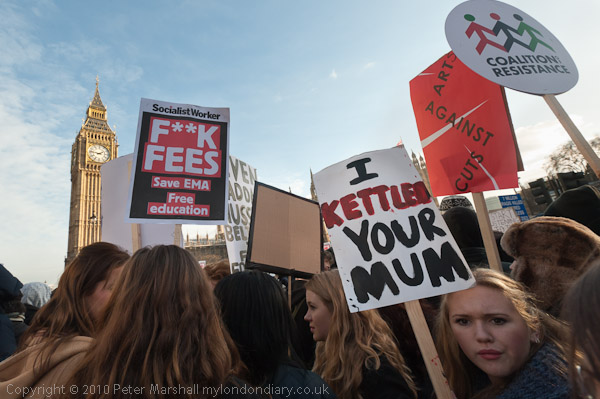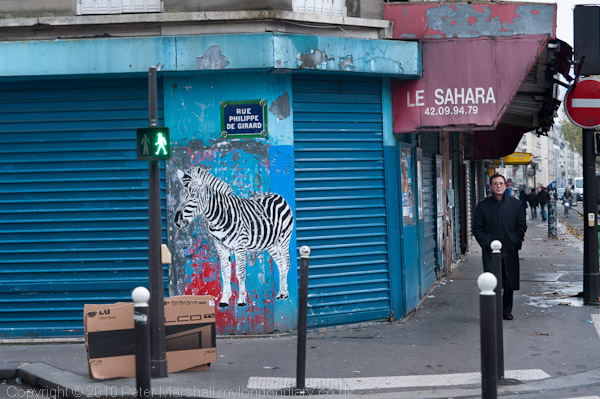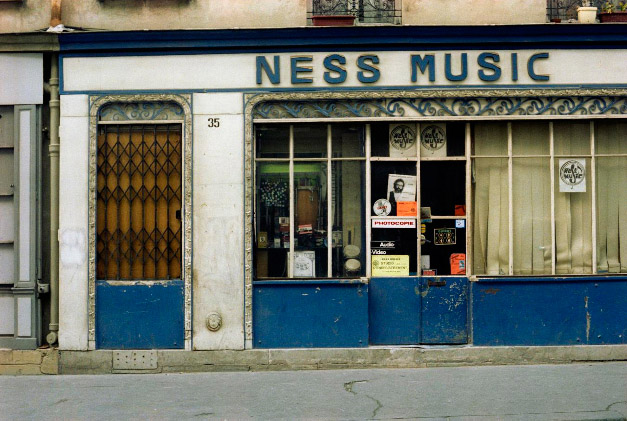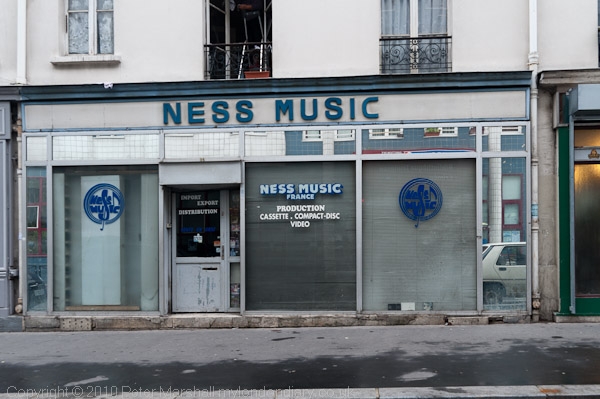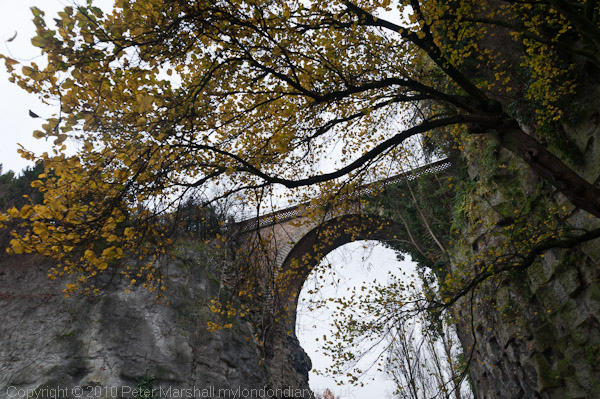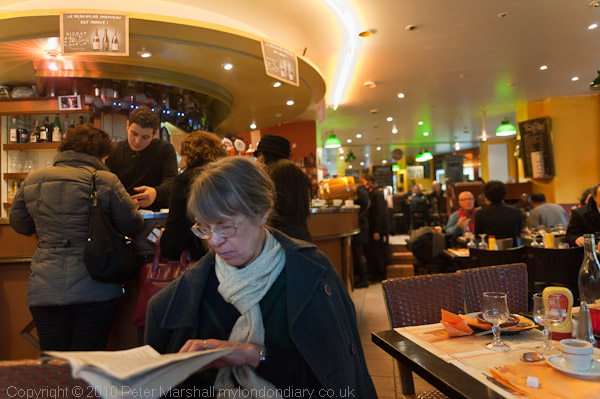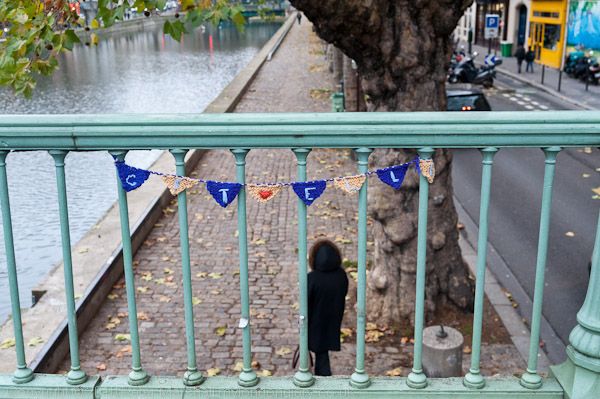When I saw the four names shortlisted for the Deutsche Börse photography prize (DBP), Thomas Demand (b1964, Germany), Elad Lassry (b1977, Israel), Roe Ethridge (b1969, USA) and Jim Goldberg (b1952, USA), I decided it not to comment, because I could find little of any photographic interest in it. It seemed very much the same dog bites man story as usual, and I couldn’t even find the energy to make my usually inaccurate predictions. The only satisfactory conclusion would surely be for the award to be ‘none of the above.’ But since others seem to be stirring up a little controversy, and critic is biting critic, here’s my own pennyworth.
Photographers are selected on the basis of a particular show, and the only one of the four that I’ve seen was by Goldberg at the Photographers’ Gallery. It wasn’t a show that particularly impressed me although I think some of his work and his approach is interesting – see the essay on AIDS in India I’ve mentioned previously. And certainly there is some fine work in his Magnum portfolio. I’d even be slightly happier if the nomination had been for the book ‘Open See‘ rather than the exhibition of that work. But even if he isn’t my favourite contemporary Magnum photographer (and I’ve seen more interesting shows by other Magnum names in the past year) you still don’t get into Magnum without being a photographer with something to say.
Lassry, nominated for his exhibition ‘Elad Lassry‘ at Kunsthalle Zürich, is also one of the four artists in the MoMA show New Photography 2010 and on the basis of his work on the web is someone whose images I find intensely pointless. According to an article in Interview, “he has already been claimed as a conceptualist, a realist, a neo-Pictures Generation artist, a pop recycler, and just about every other genre that has anything to do with objects and their consumption.” I don’t find any reason to want to claim him as a photographer.
Ethridge‘s work was shown at this year’s Rencontres dArles and is also included in MoMA New Photography 2010. He takes images from magazines or the out-takes from his own commercial work and puts them into sequences. Big deal. Frankly almost as interesting as tearing up a few magazines, shuffling the pages and pinning up a few of them. According to the MoMA text “Combining and recombining already recontextualized images, Ethridge at once subverts the photographs original roles and renews their signifying possibilities.” More scrapbooking than photography.
Demand is the best-known of the four, but sees himself as a sculptor rather than a photographer, using cardboard and paper to recreate images and then photographing these as a record before destroying them. It’s something he does fantastically well, is incredibly clever but is not photography. His finely designed show (and book) Nationalgalerie combines works from the last 15 years which explore the image of Germany. Just a shame he isn’t really a photographer and the work under consideration isn’t really photography.
You can read Sean O’Hagan‘s thoughts on the current DBP in his Guardian article ‘Do the Deutsche Börse prize jury really get photography?’
and Jim Johnson has commented in that in his ‘Does Sean O’Hagan Really Get Photography?’, a response that surely doesn’t come up to his normal high standards. Also worth reading is Abigail Simon’s ‘Nothing New Under the Sun?’ about the 2010 MoMA show.
It’s worth also thinking what the DB prize is supposed to be for, awarded to “a contemporary photographer of any nationality, who has made the most significant contribution (exhibition or publication) to the medium of photography in Europe in the previous year.” I can’t think of a single award in this prize or its previous incarnation which has really been deserved on that basis, despite a few years when it has gone to those whose work I greatly admire.
As someone who has belonged to the Photographers’ Gallery since its early days I’ve over the years been reluctantly forced to the conclusion that it doesn’t much understand or care for photography, which it rather seems to hold its nose and handle with tongs while espousing what it thinks is ‘real art’. Occasionally a little slips through onto the gallery walls although you almost always find rather more in the print room and bookshop. One halfway decent photographer in four nominees is probably batting above the gallery average.
The DB seems to be a cosy curator’s club prize, an opportunity for mutual back-slapping, which I think is a great shame. It would indeed be good to have a major prize for photography in the UK, and to have a major gallery that supports photography as well as eating a large portion of the public photography budget.

